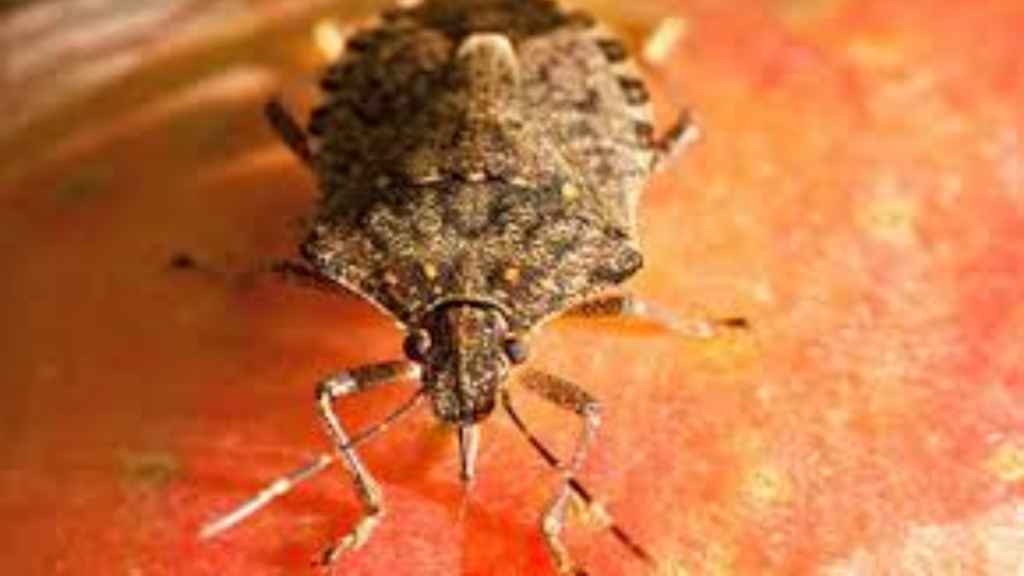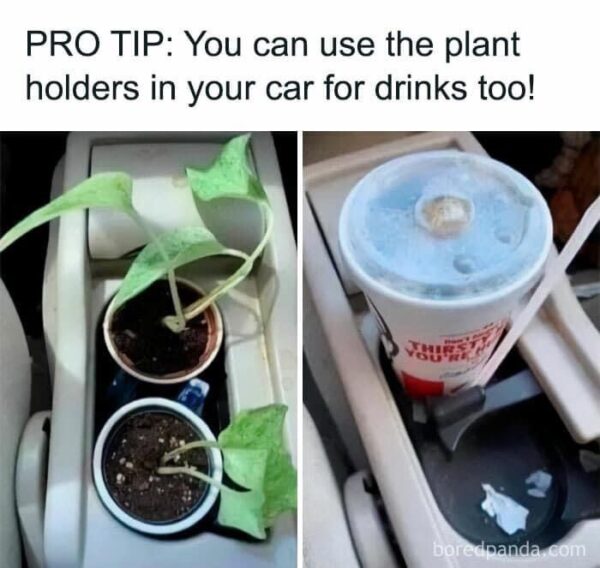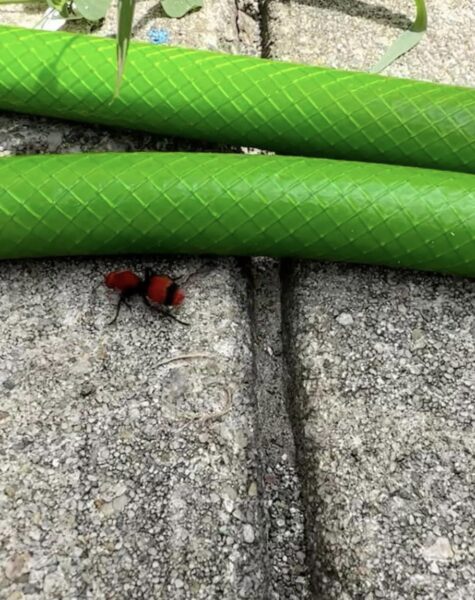Fruit trees can provide a bountiful harvest of delicious and nutritious fruits. However, insects and pests can be a significant threat, potentially damaging your crop and reducing its quality. To protect your fruit trees and ensure a successful harvest, here are some effective methods to prevent bugs from destroying your fruit.

1. Regular Inspection
Frequent inspection is crucial to identify any signs of insect infestation early on. Regularly check your fruit trees for pests, such as aphids, caterpillars, beetles, or fruit flies. Look for visible damage to leaves, fruits, or branches, as well as the presence of eggs, larvae, or adult insects.
2. Pruning and Trimming
Proper pruning and trimming of your fruit trees can help minimize pest problems. Remove any dead or diseased branches as they can attract insects. Thin out overcrowded branches to improve airflow and sunlight penetration, reducing the favorable conditions for pests.
3. Maintain Tree Health
Healthy fruit trees are more resistant to pest attacks. Ensure your trees receive adequate sunlight, water, and nutrients. Implement a regular fertilization schedule and provide appropriate irrigation to maintain tree vigor. Healthy trees can better withstand insect damage and recover more effectively.
4. Use Natural Predators
Encourage the presence of beneficial insects that can prey on common fruit tree pests. Ladybugs, lacewings, praying mantises, and birds are natural predators that can help control insect populations. Create a welcoming environment for these beneficial insects by planting native flowering plants and avoiding the excessive use of insecticides.
5. Barriers and Traps
Implement physical barriers and traps to prevent bugs from reaching your fruit. Install fine mesh netting or screens around the trees to create a barrier that blocks insects from accessing the fruits. Sticky traps can also be effective in catching flying insects like fruit flies and beetles.
6. Organic Pest Control
Consider using organic and natural pest control methods to manage insect infestations. Organic insecticides derived from botanical oils, neem oil, or insecticidal soaps can effectively target pests while minimizing harm to beneficial insects and the environment. Follow the instructions and recommended application rates carefully.
7. Monitor and Treat
Regularly monitor your fruit trees for any signs of pest activity. If an infestation is detected, promptly treat the affected trees using suitable insecticides or biological controls. Choose products that are labeled for use on fruit trees and follow the instructions provided. Be mindful of the pre-harvest interval to ensure the safety of consuming the fruits.
8. Clean and Prune After Harvest
Once you have harvested your fruits, clean up fallen or rotting fruits from the ground. These decaying fruits can attract pests and serve as a breeding ground for insects. Prune any damaged or infested branches to prevent the spread of pests to the rest of the tree.
By implementing these preventive measures and maintaining a proactive approach, you can effectively protect your fruit trees from destructive bugs. Enjoy the satisfaction of a healthy and abundant harvest while ensuring the quality of your homegrown fruits.
Please note that specific pest control methods may vary depending on the type of fruit tree and the region you are in. It’s recommended to consult with local agricultural extension services or horticulture experts for tailored advice and guidance.
As an Amazon Associate we earn from qualifying purchases through some links in our articles.




